The mid century modern design was a term first used and generally defined by Cara Greenberg in her book Mid-Century Modern. Following WWII, the modern movement was popular in various uses such as architecture, interior design, and furniture. Mid century modern had heavy influences from older styles; Bauhaus’ round and rectangular forms, and International’s use of new materials and framing. The design borrowed these ideas and evolved into its own style. Although there is a general aesthetic to it, mid century modern did not have hard rules and designers would experiment with different ideas.
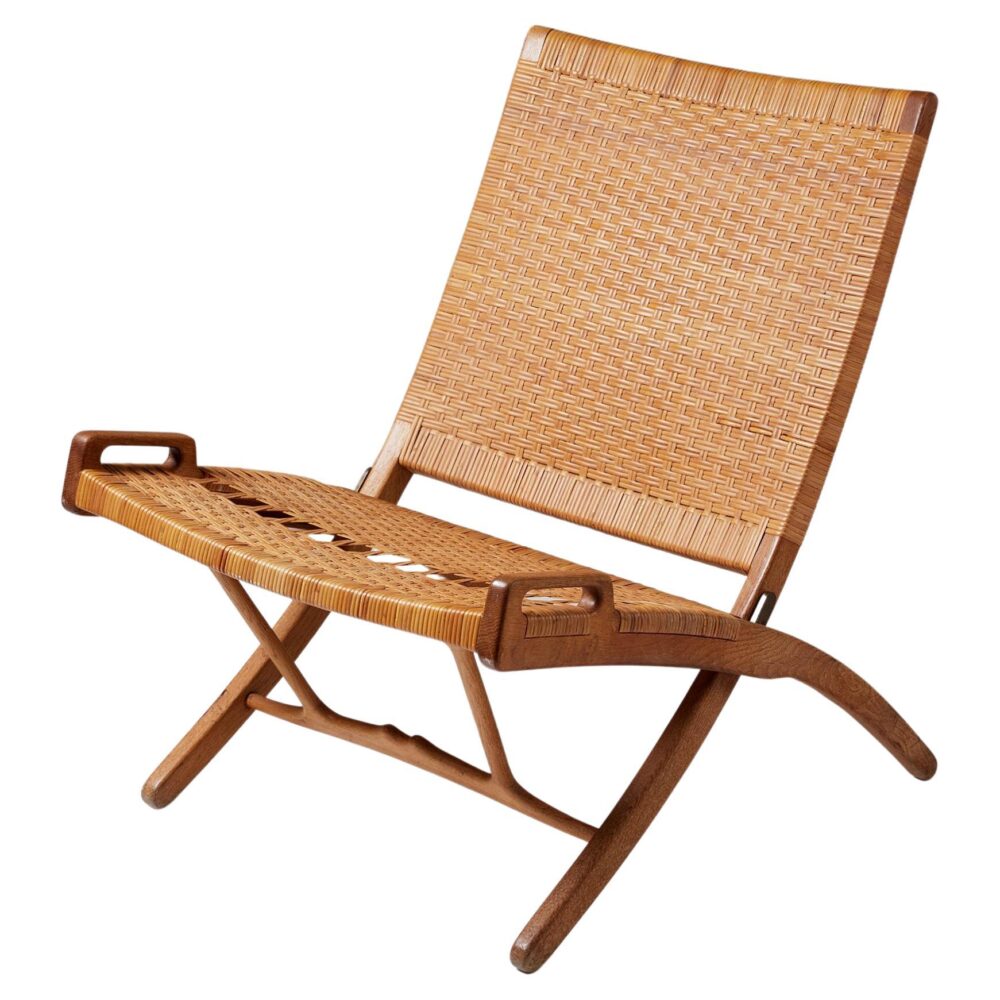
Folding Chair Model 512, Wegner
A key component to mid century modern is the emphasis on functionality over decoration. The picture above shows Hans J. Wegner’s Folding Chair Model 512. The chair is designed to be stored easily, and each part of the chair crafted with that in mind. It also displays mid century modern’s use of simple design, not including unnecessary details.
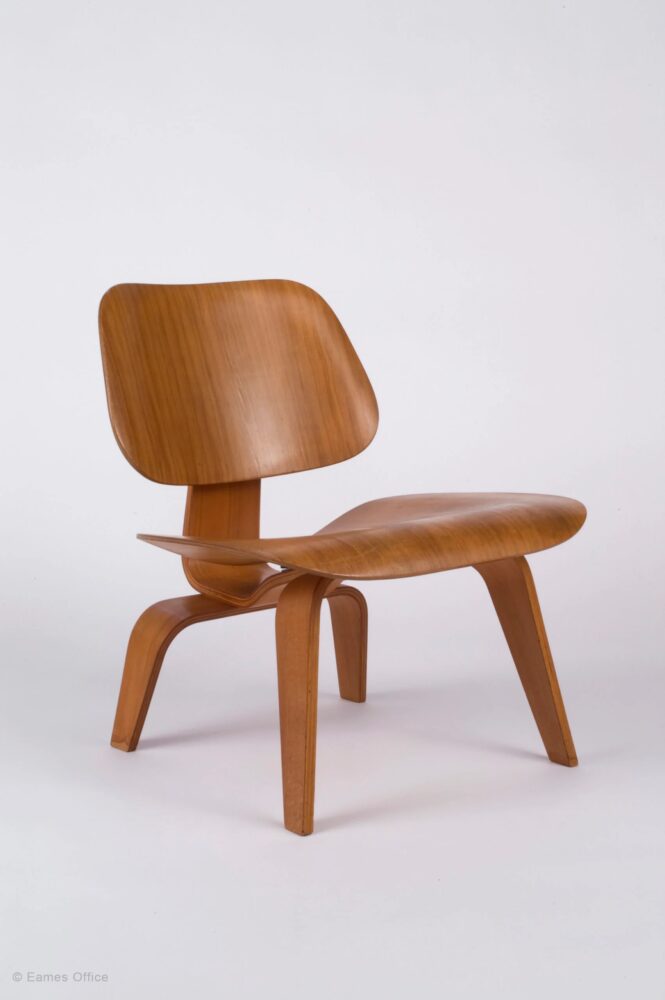
Molded Plywood Group, Eames
The brothers, Charles and Ray Eames, were influential to the mid century modern movement. Their Molded Plywood Group displays use of flowing curves, bare materials, and simplicity; which will be replicated and modified by many other designers.
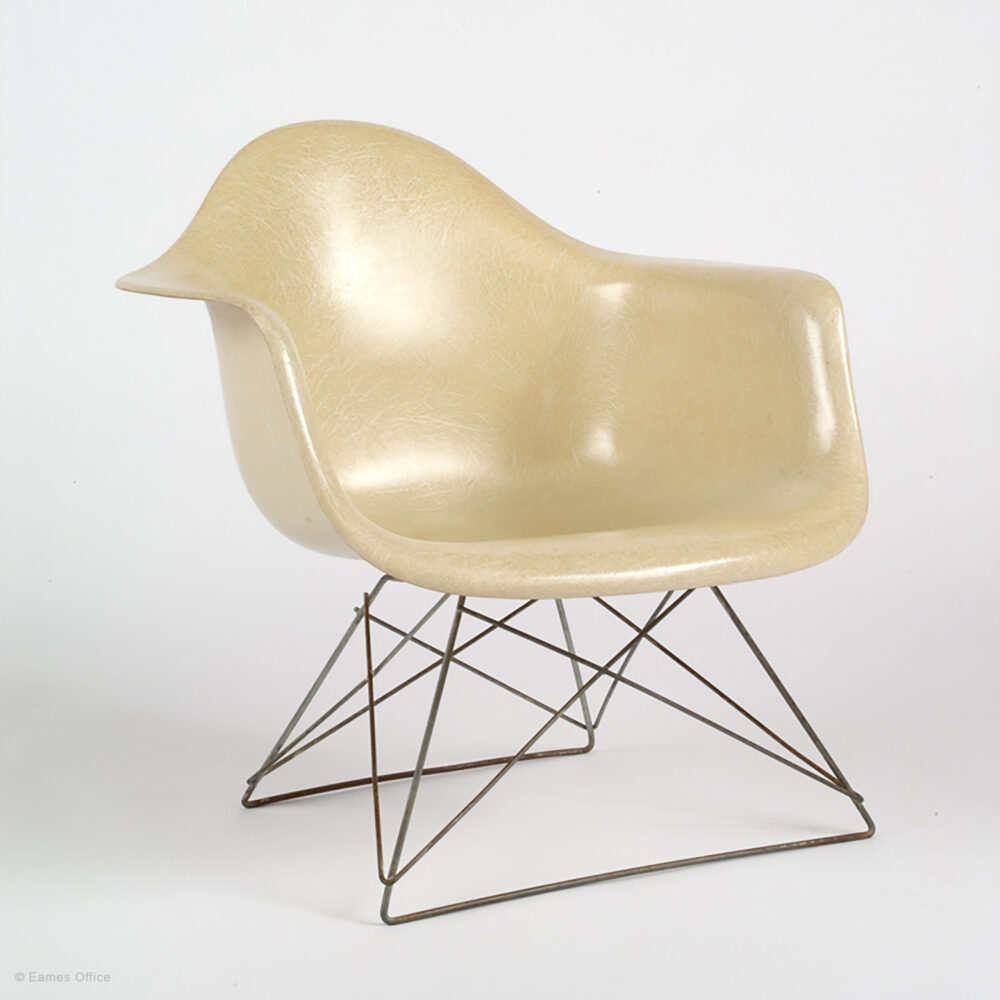
Molded Plastic Armchair, Eames
Being in the post-WWII era, many new technologies were introduced to everyday life. The Eames brothers found a use in fiberglass materials for the Molded Plastic Armchair. The use of new materials in their design is another key component to mid century design.
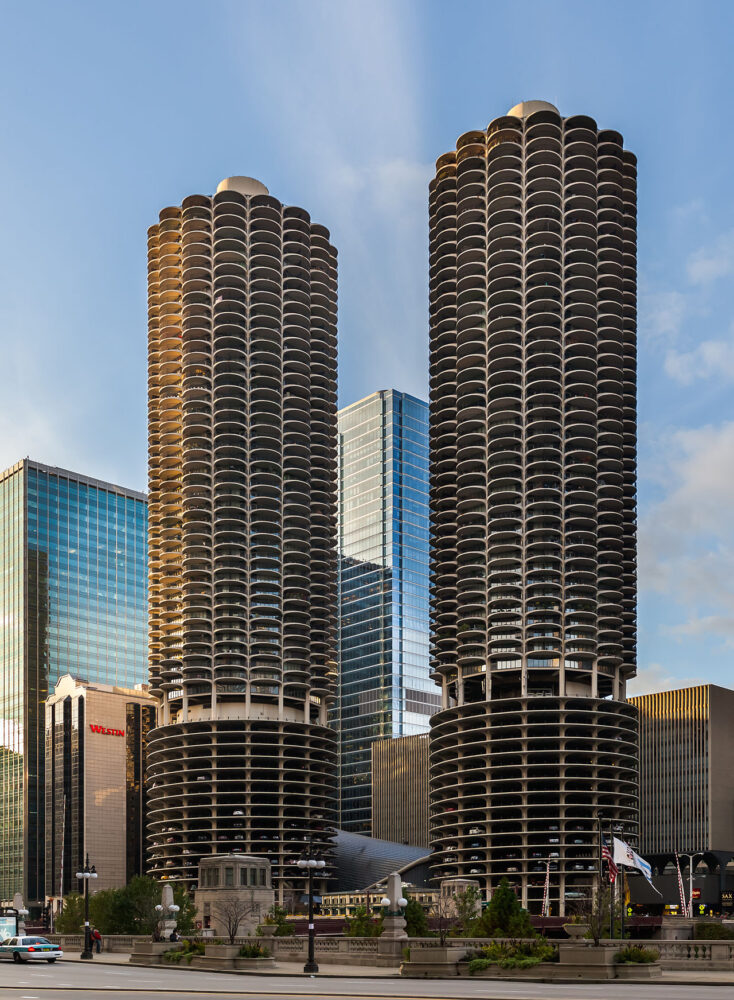
Marina City, Wikipedia, Diego Delso
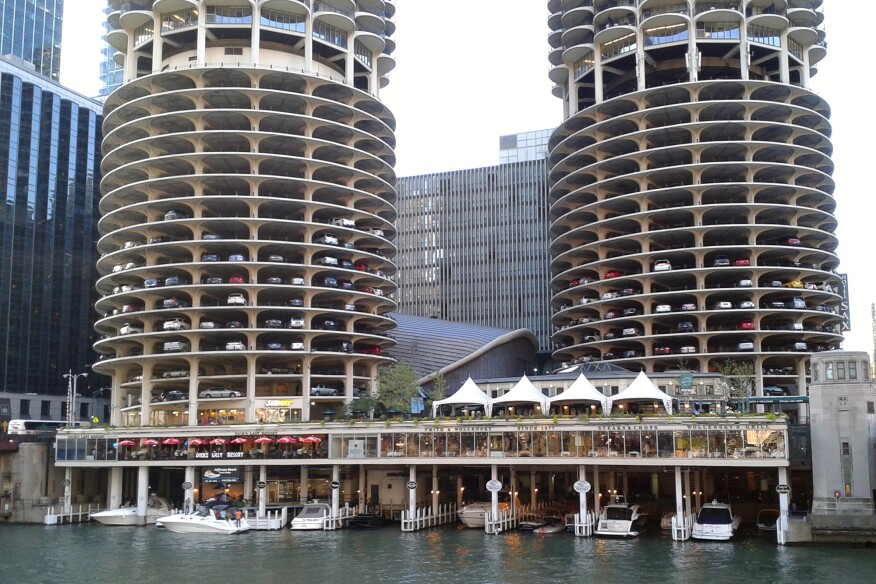
Architect Magazine, Matthew Bisanz
Located in Chicago, Illinois, Marina City was designed by architect Bertrand Goldberg. Goldberg was a student of Ludwig Mies van der Rohe, a key figure in the Bauhaus movement and was influenced by it. The building’s simple curved shape and clean lines displays its mid century modern style.
In interior design, the same concepts are used as with furniture and architecture. According to The Spruce, key characteristics of mid century modern interior design include: emphasis on function over ornament, mixed materials, and the use of bold colors.
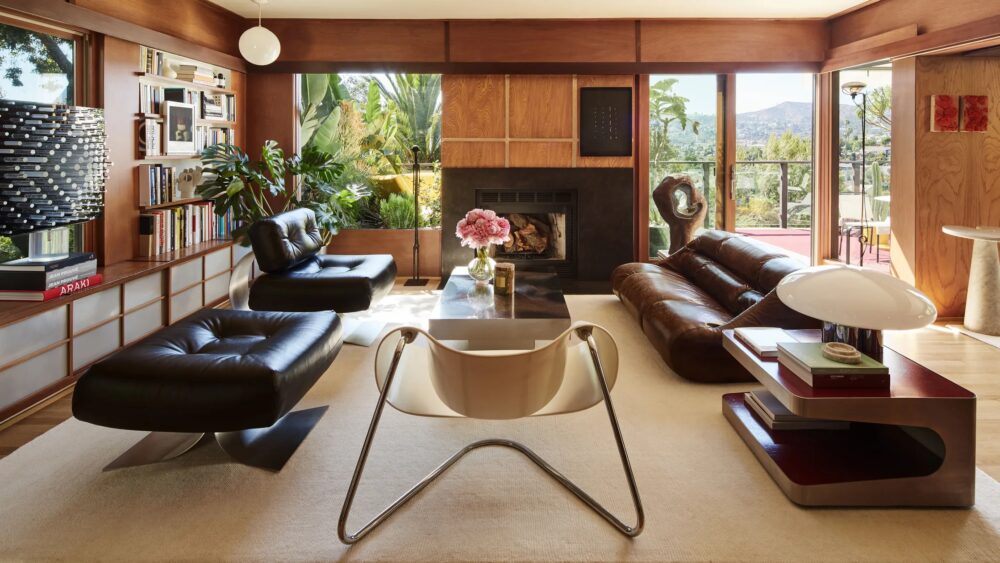
Architectural Digest/ Same Frost
Following the 1950s, mid century modern designs stopped being popular and were eventually surpassed by postmodernism. The new movement was a reaction to the “boringness” of mid century modern designs and included unique shapes and colors.
Citations
“Folding chair model JH 512 designed by Hans J. Wegner for Johannes Hansen, 1949”. 1st Dibs https://www.1stdibs.com/furniture/seating/chairs/folding-chair-model-jh-512-designed-hans-j-wegner-johannes-hansen-1949/id-f_37756502/?utm_content=condensed&allowUniversalLink=no&gad_source=1&gclid=Cj0KCQiAh8OtBhCQARIsAIkWb6_oMeO7LqZO0XMVpgI_G6MkNOWyPpRvPXRoyiKTqbzvu6A-dmmRHH0aAqpOEALw_wcB&gclsrc=aw.ds
“Molded Plywood Group”. Eames Office. https://www.eamesoffice.com/the-work/molded-plywood-group/
“Molded Plastic Armchair”. Eames Office. https://www.eamesoffice.com/the-work/eames-fiberglass-armchair-2/
Keegan, Edward. “Chicago Names Marina City an Official Landmark”. Architect Magazine. February 17 2016. https://www.architectmagazine.com/design/chicago-names-marina-city-an-official-landmark_o
Delso, Diego. “Marina City”. Wikipedia. https://en.wikipedia.org/wiki/Marina_City
Lyon, Sarah. “What Is Midcentury Modern Style? Here’s What You Should Know”. The Spruce.
January 18 2024. https://www.thespruce.com/things-you-should-know-about-mid-century-1391827
Frost, Sam. “Step Inside 6 Midcentury-Modern Homes in California That Are Undeniably Enviable”. Architectural Digest. August 11 2022. https://www.architecturaldigest.com/story/step-inside-6-midcentury-modern-homes-in-california-that-are-undeniably-enviable
“Postmodern Architecture”. Wikipedia. https://en.wikipedia.org/wiki/Postmodern_architecture

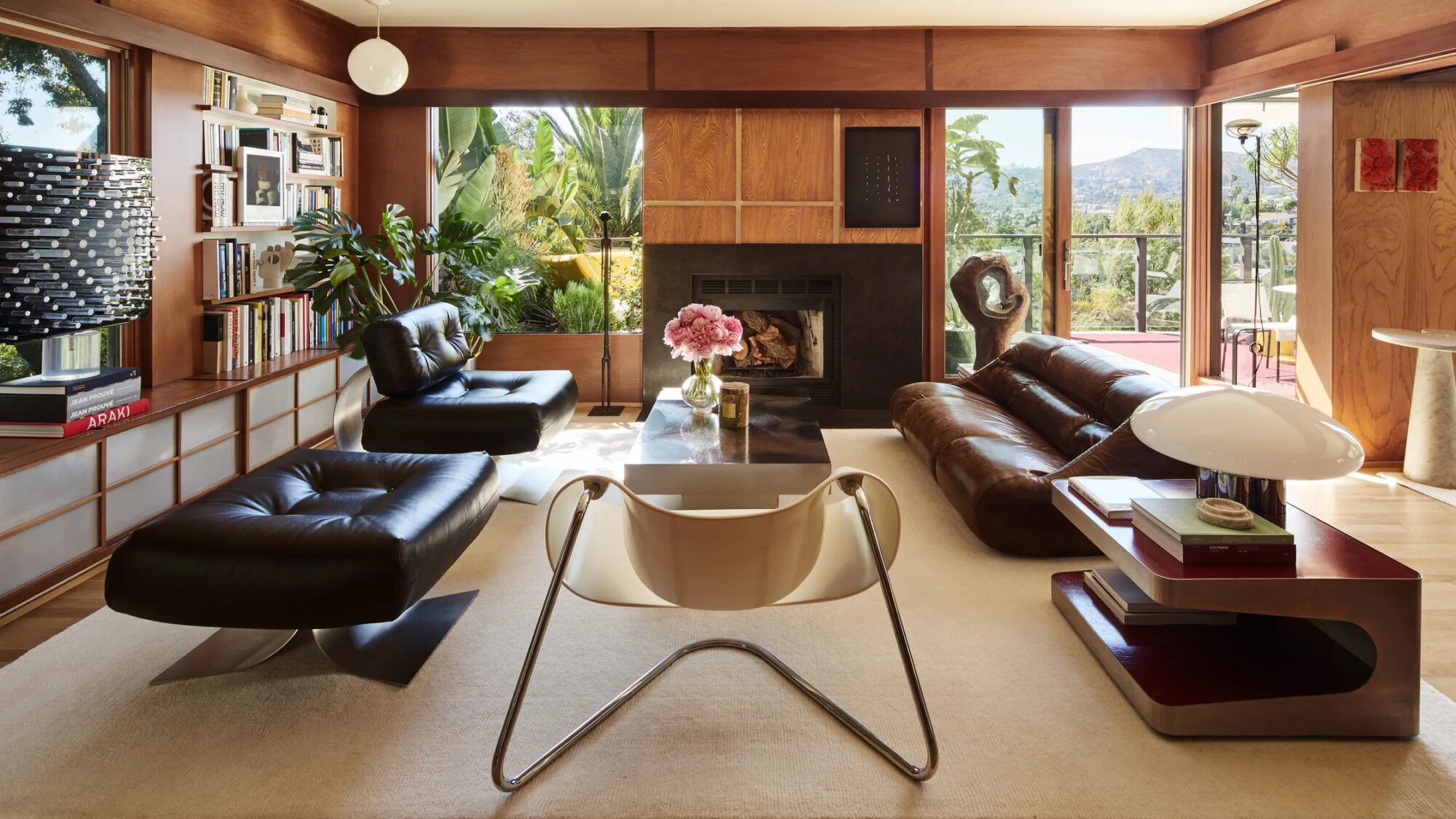
2 Comments. Leave new
I didn’t realize that MCM extended to architecture as well. I especially like how the carpark continues the theme of the building down until the ground level. MCM has always been one of my favorite styles of furniture, and it is very cool to see how it is more than just living room decor. Could you elaborate on material a bit? I wonder if some of the material and design choices made were due to advances in manufacturing techniques.
Kevin, great post. This is definitely an aesthetic I’ve seen before and never known the exact terms for, so I’m glad to have learned something from this. I really appreciate your focus on the individual designers who worked in this space and the context around the specific products/designs that came of their work. I would like to know a bit more about why mid-century modernism became popular when it did, and what exactly set it apart from its predecessors. Overall, good work!